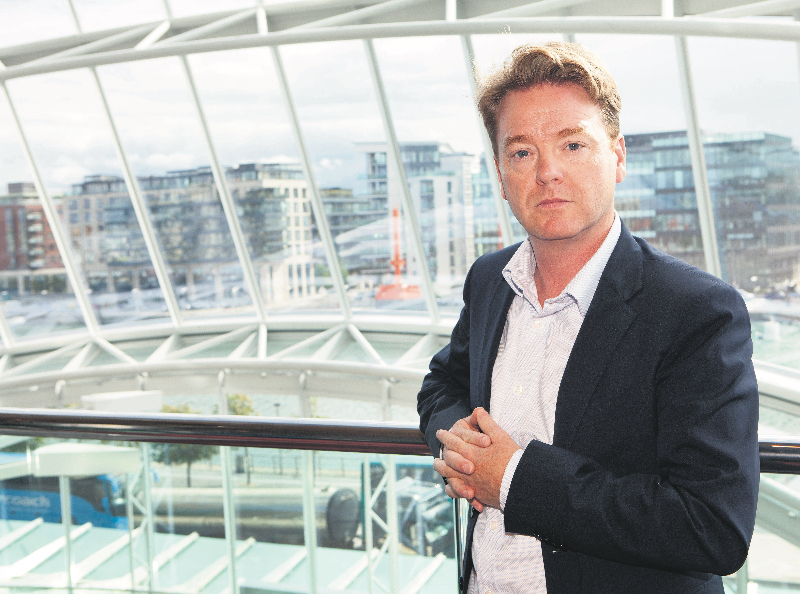LAST week, broadcaster Joe Duffy went on something of a rant, describing Dublin as “an unadulterated kip”.
He criticised the proliferation of pound shops and fast food outlets that seem to dominate the city centre and lamented the closure of traditional businesses such as Peats Electronics and Clerys.
There’s little doubt that Duffy made his remarks out of love for his native town. Like many of us who care about Dublin, he is probably saddened by how once thriving parts of the city now feel downmarket and cheap.
But is it a tad harsh to describe Dublin as “a kip”? Well, yes and no.
As with all the world’s great capitals, Dublin is a tale of two cities. The iconic Ha’penny Bridge looks great on tourism brochures but the reality is quite different. It’s impossible to cross the bridge without witnessing the sad spectacle of people begging, most of them ravaged by years of heroin abuse.
It’s a stark reminder of Irish society’s ongoing failure to deal with the dual scourges of drug abuse and homelessness. It’s a national embarrassment, if we’re to be honest.
O’Connell Street, our once proud thoroughfare, is still disjointed, despite genuine efforts in recent years to improve its look. It also feels edgy – even during the day – with far too many hoodie-clad youths hanging around for comfort.
That said, there are parts of the city that have benefitted enormously from regeneration and are virtually unrecognisable.
I was in the Bord Gáis Energy Theatre at Grand Canal Dock for the first time this month and was blown away by how this once crumbling, derelict area had been transformed.
Apart from being a bustling business centre, home to Google and Facebook, there were upmarket apartments, gyms, bars, coffee shops, hotels and gourmet food stores, all set against the backdrop of the docks. The distant sight of the Poolbeg chimneys poking into the sky gave the only clue that you were actually in Dublin.
It was like being in Barcelona, without the good weather.
The recent RTÉ documentary by economist David McWilliams, ‘Ireland’s Great Wealth Divide’, provided an excellent analysis of the wide chasm between the rich and poor in post-boom Ireland.
A 20 minute walk from one side of the city to the other illustrates exactly what he is talking about.
